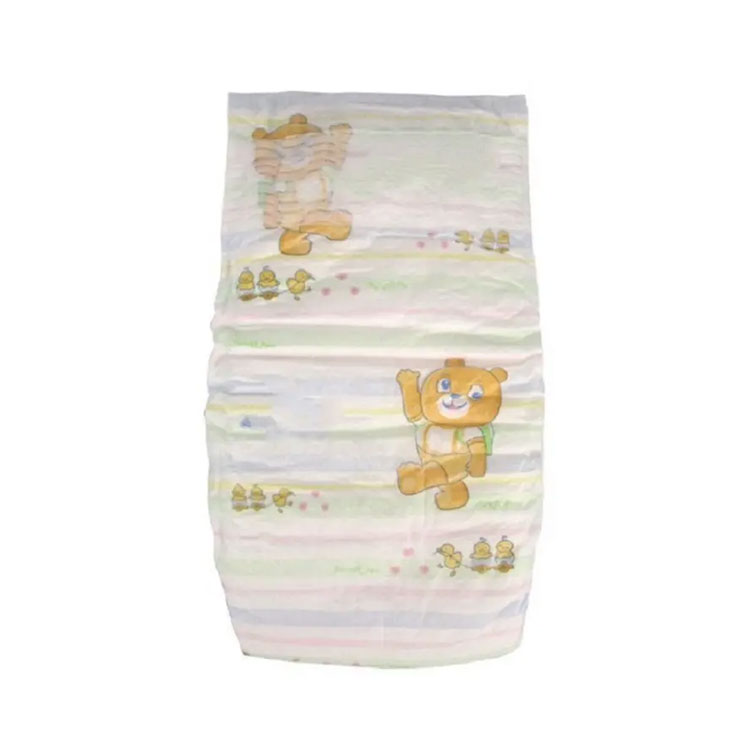Crafting Sustainability: How Eco-Friendly Diapers for Infants Are Manufactured
2024-06-28
As parents become more conscious of their environmental impact, the demand for eco-friendly diapers has surged. But what sets these diapers apart in terms of their manufacturing process? Understanding how eco-friendly diapers for infants are made to ensure they are environmentally sustainable reveals a commitment to green practices from start to finish. Here’s a closer look at the steps and considerations involved in creating these eco-conscious products.
1. Sourcing Sustainable Materials
The journey of eco-friendly diapers begins with the selection of sustainable materials. Unlike traditional diapers that rely heavily on plastics and synthetic fibers, eco-friendly diapers are made from renewable resources such as organic cotton, bamboo, and plant-based fibers. These materials are often grown without harmful pesticides and fertilizers, which helps preserve soil health and biodiversity.
2. Eco-Conscious Farming Practices
For materials like organic cotton and bamboo, eco-friendly farming practices are crucial. Organic cotton is grown without synthetic chemicals, reducing water pollution and promoting soil fertility. Bamboo, on the other hand, is a highly sustainable crop that grows quickly without the need for chemical inputs. Additionally, many manufacturers partner with farms that practice crop rotation, polyculture, and other methods that enhance ecosystem health.
3. Non-Toxic Processing
The processing of raw materials into diaper components is done using environmentally friendly methods. For instance, the pulp used in the absorbent core of the diapers is often sourced from sustainably managed forests and processed without chlorine bleaching, which can release toxic dioxins. Instead, manufacturers use alternative bleaching methods, such as oxygen-based processes, to ensure the pulp is safe and eco-friendly.
4. Energy-Efficient Manufacturing
Manufacturing facilities that produce eco-friendly diapers often employ energy-efficient technologies to minimize their carbon footprint. This can include the use of renewable energy sources like solar or wind power, as well as implementing measures to reduce energy consumption throughout the production process. Additionally, these facilities strive to minimize waste by recycling materials and optimizing production to reduce offcuts and defects.
5. Water Conservation
Water is a vital resource in the production of any product, including diapers. Eco-friendly diaper manufacturers implement water-saving technologies and practices to reduce water usage during manufacturing. This includes closed-loop systems that recycle water within the facility and the use of low-water processes wherever possible.
6. Minimal Packaging
To further enhance sustainability, eco-friendly diaper brands often focus on reducing packaging waste. This includes using recyclable or compostable packaging materials and minimizing the amount of packaging used. By doing so, they reduce the overall environmental impact of the product from production to disposal.
Conclusion
The manufacturing of eco-friendly diapers for infants is a comprehensive process that prioritizes sustainability at every step. From sourcing renewable materials and practicing eco-conscious farming to implementing energy-efficient manufacturing and ensuring ethical labor practices, these diapers are designed to reduce environmental impact while providing safe and effective products for babies.
By choosing eco-friendly diapers, parents can support a more sustainable future, knowing that their purchasing decisions contribute to the well-being of the planet and its inhabitants. The careful consideration of every aspect of production not only benefits the environment but also sets a positive example for future generations, emphasizing the importance of responsible consumption and sustainable living.



